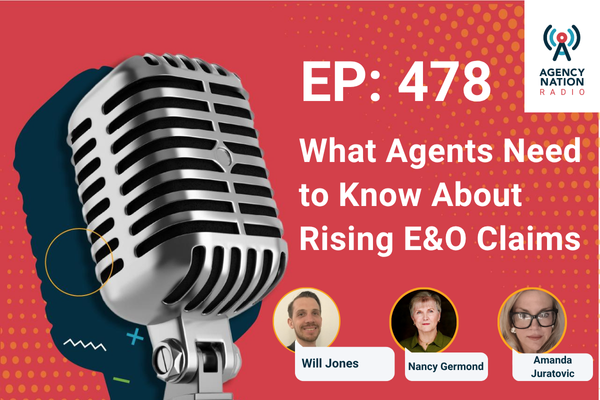Safe Space to Prevent Claims: Prioritizing Psychological Safety in Your Agency
Does your agency staff feel safe to admit mistakes before they become an errors & omissions claim? One of the worst E&O nightmares is someone hiding agency mail to avoid facing their mistakes.









